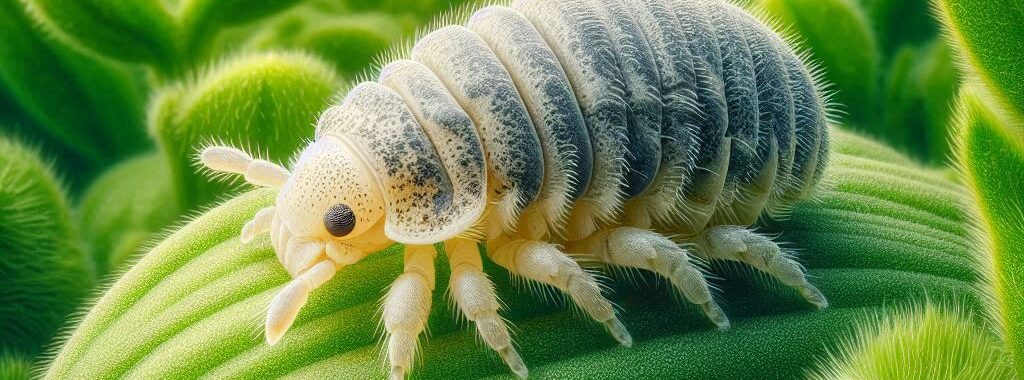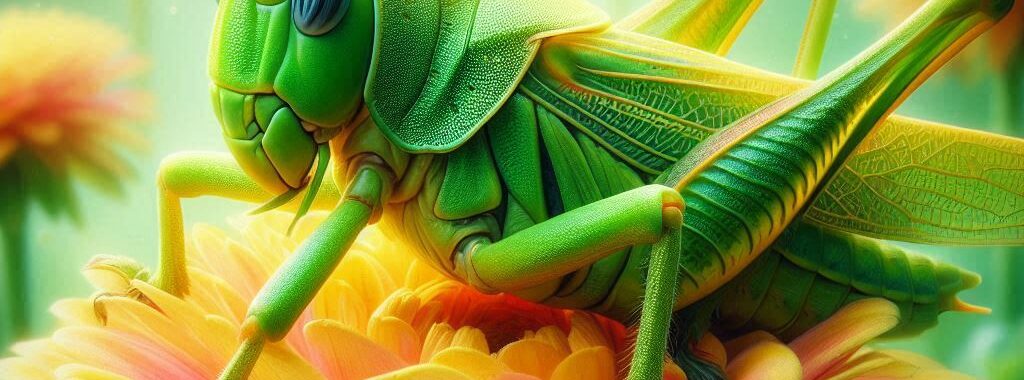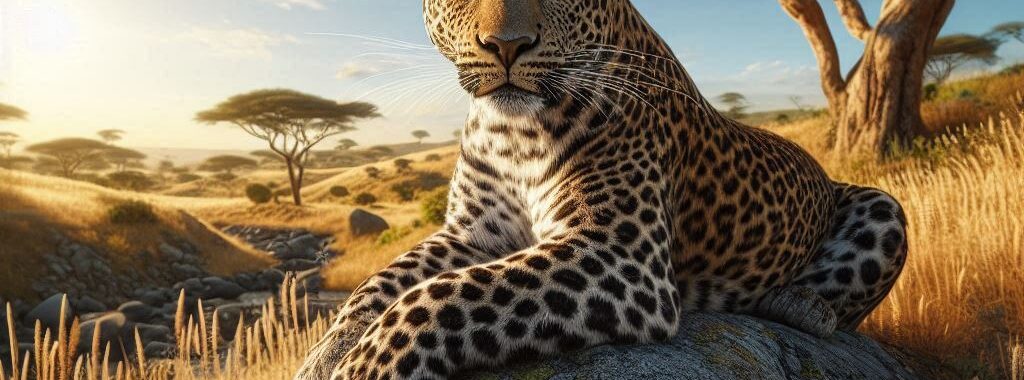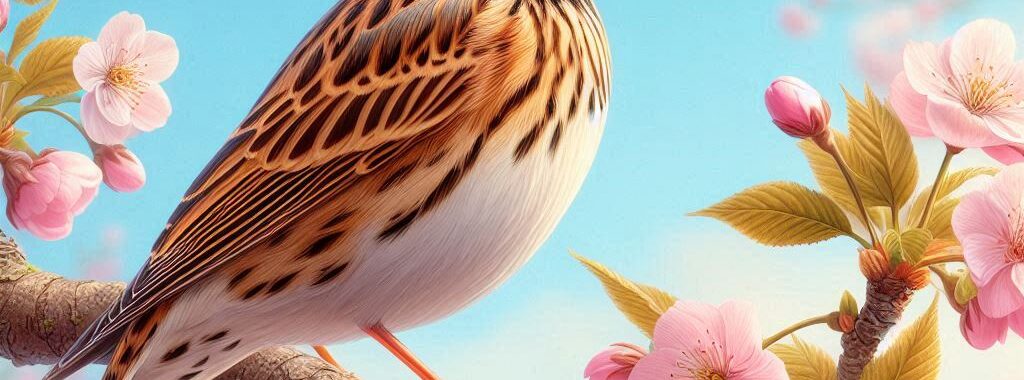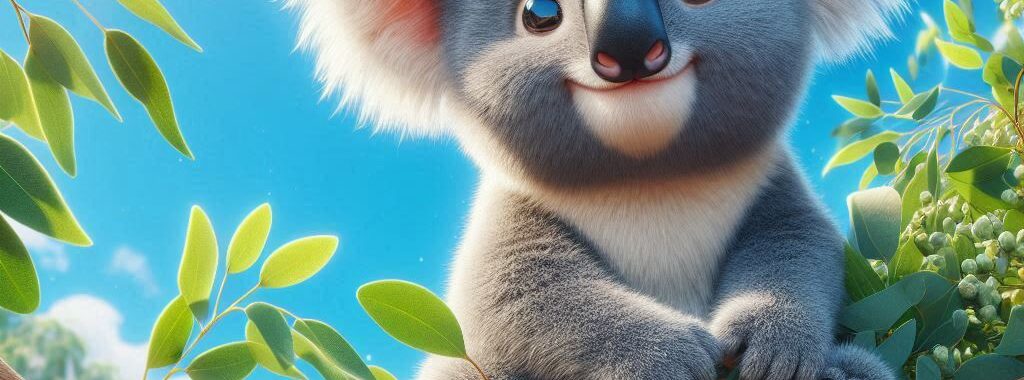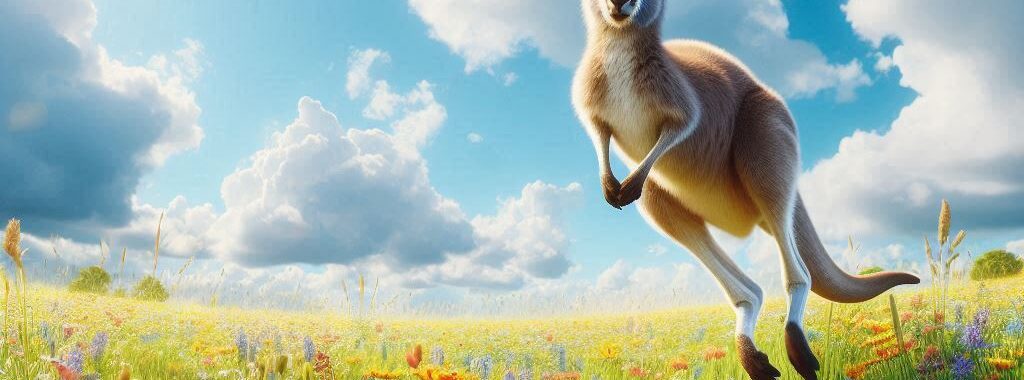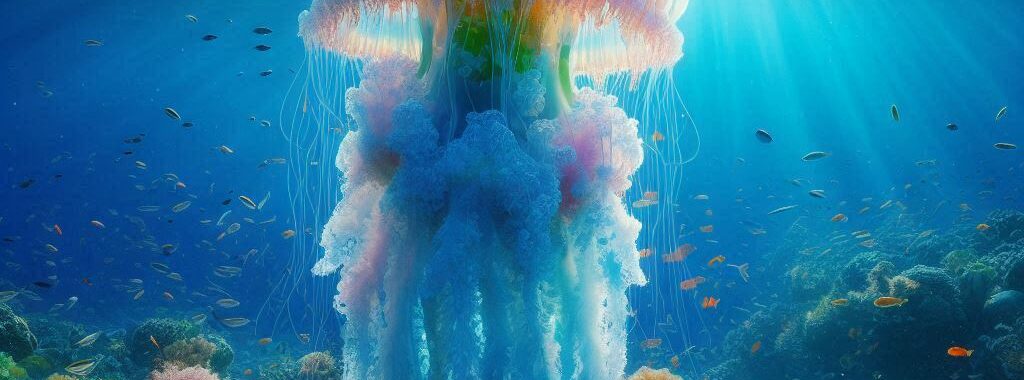Louse: A Comprehensive Overview Scientific Name: Pediculus humanus (for human lice) Common Name: Louse Family: Pediculidae Habitat: Human hair, fur of mammals, and bird feathers Diet: Blood-sucking parasite Lifespan: 1–2 months Conservation Status: Not applicable (due to their parasitic nature, they are not considered a threatened species) Introduction A louse is a small, parasitic insect […]
Continue ReadingLocust
Locust: A Comprehensive Overview Scientific Name: Caelifera (general suborder) Common Name: Locust Family: Acrididae Habitat: Grasslands, deserts, and agricultural areas Diet: Herbivore (grasses, leaves, and crops) Lifespan: Around 3 to 5 months in the wild Conservation Status: Varies by species (some are considered pests, others are not endangered) Introduction The locust is a type of […]
Continue ReadingLlama
Llama: A Comprehensive Overview Scientific Name: Lama glama Common Name: Llama Family: Camelidae Habitat: Mountainous regions of South America, especially the Andes Diet: Herbivore (grasses, shrubs, and other vegetation) Lifespan: 15 to 20 years in the wild, up to 30 years in captivity Conservation Status: Least Concern (IUCN Red List) Introduction The llama is a […]
Continue ReadingLion
Lion: A Comprehensive Overview Scientific Name: Panthera leo Common Name: Lion Family: Felidae Habitat: Grasslands, savannas, and open woodlands Diet: Carnivore (large ungulates, smaller mammals, and scavenging) Lifespan: 10 to 14 years in the wild (up to 20 years in captivity) Conservation Status: Vulnerable (IUCN Red List) Introduction The lion (Panthera leo), often referred to […]
Continue ReadingLeopard
Leopard: A Comprehensive Overview Scientific Name: Panthera pardus Common Name: Leopard Family: Felidae Habitat: Grasslands, forests, savannas, mountains, and rainforests Diet: Carnivore (mostly medium-sized mammals, birds, and occasionally reptiles) Lifespan: 12 to 17 years in the wild Conservation Status: Vulnerable (IUCN Red List) Introduction The leopard (Panthera pardus) is one of the most iconic and […]
Continue ReadingLark
Lark: A Comprehensive Overview Scientific Name: Alauda arvensis (Common Lark) Common Name: Lark Type: Bird Size: 6.3 to 8.3 inches (16 to 21 cm) in length Weight: 0.7 to 1.5 ounces (20 to 43 grams) Diet: Omnivore (seeds, insects, and plants) Habitat: Grasslands, farmlands, meadows, and open fields Lifespan: 3 to 5 years in the […]
Continue ReadingKoala
Koala: A Comprehensive Overview Scientific Name: Phascolarctos cinereus Common Name: Koala Type: Mammal Size: Typically 24 to 33 inches (60 to 85 cm) in length Weight: Males: 14 to 30 pounds (6 to 14 kg); Females: 8 to 15 pounds (4 to 7 kg) Diet: Herbivore (primarily eucalyptus leaves) Habitat: Eastern and Southeastern Australia Lifespan: […]
Continue ReadingKangaroo
Kangaroo: A Comprehensive Overview Scientific Name: Macropus Common Name: Kangaroo Type: Mammal Size: Ranges from 3.3 to 8 feet (1 to 2.5 meters) in length, including the tail Weight: Can range from 40 to 200 pounds (18 to 90 kilograms), depending on the species Diet: Herbivore (primarily grasses and shrubs) Habitat: Australia, parts of New […]
Continue ReadingJellyfish
Jellyfish: A Comprehensive Overview Scientific Name: Cnidaria (phylum) Common Name: Jellyfish Type: Invertebrate Size: Ranges from a few millimeters to 2 meters (6.5 feet) in diameter Weight: Varies; can range from a few grams to hundreds of kilograms Diet: Carnivorous (mostly plankton, small fish, and crustaceans) Habitat: Oceans, seas, and some freshwater environments around the […]
Continue ReadingJay
Jay: A Comprehensive Overview Scientific Name: Garrulus glandarius (European Jay) Common Name: Jay Type: Bird Size: 12 to 15 inches (30 to 38 cm) in length Weight: 3.5 to 6.5 ounces (100 to 180 grams) Diet: Omnivorous (mainly seeds, nuts, fruits, insects, and small vertebrates) Habitat: Forests, woodlands, and gardens across Europe, Asia, and North […]
Continue Reading
